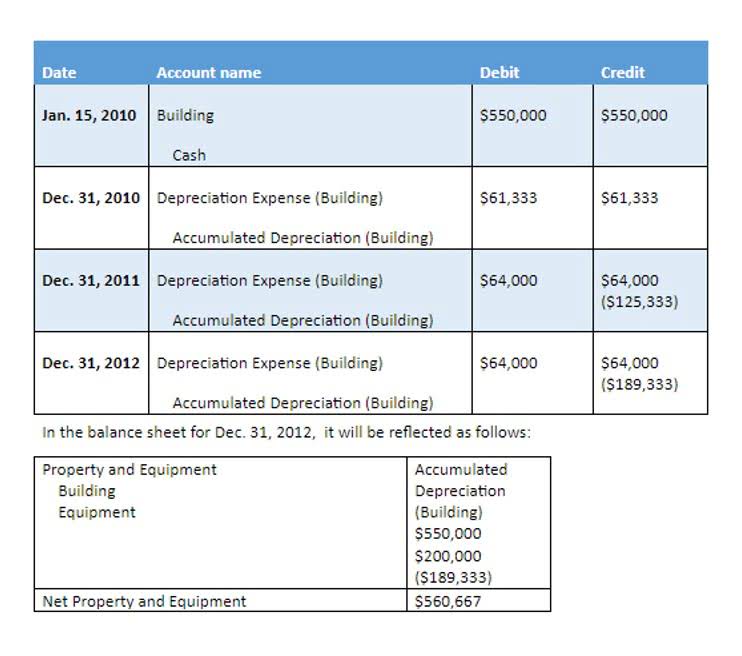
ROCE for capital-intensive businesses is generally very low compared to asset-light companies making the same amount of profits because a capital-intensive business generally has more assets. It weighs shareholders’ equity with the total liabilities of the company. It shows the value of the total liabilities of a company compared to the amount of money invested by shareholders. These ratios are significant because when there is an improvement in the efficiency ratios, the business can produce more income and profits.

Therefore, it is important to know the industry to make comparisons that have real meaning. For the purposes of this course, you will be working with just a couple of these ratios—namely liquidity and profitability. There are lots of other financial ratios, but you can save those for a time when you take full courses in finance and accounting. Efficiency ratios measure how well the business is using its assets and liabilities to generate sales and earn profits.
Market Value Ratios
Therefore, when analyzing any organization, it is essential to be guided by caution. Having highlighted this point, let’s move on to dirt our hands now. On the other side, a meager payout ratio is less attractive for investors, who are looking for higher returns. Valuing is so hard since the resources a company has been organized in a way for which it becomes challenging to determine the final value.
Rohan has a focus in particular on consumer and business services transactions and operational growth. Rohan has also worked at Evercore, where he also spent time in private equity advisory. For such reason, the Quick Ratio is going to tell us a lot about the business. On the other hand, when analyzing a manufacturing company, the efficiency ratios may tell us much more about the business. Therefore, each time purchase on credit is made, this will show as CoGS on the income statement and an account payable on the balance sheet.
What are 5 key financial ratios?
As you might expect, a company weighed down with debt is probably a less favorable investment than one with a minimal amount of debt. Ratios measure the relationship between two or more components of financial statements. They are used most effectively when results over several periods are compared. This allows you to follow your company’s performance over time and uncover signs of trouble. It’s important to note that financial ratios are only meaningful in comparison to other ratios for different time periods within the firm.
Economic Indicator: Definition and How to Interpret – Investopedia
Economic Indicator: Definition and How to Interpret.
Posted: Fri, 22 Dec 2023 08:00:00 GMT [source]
For example, companies such as Burger King will have a ratio as high as 1.5, while companies such as Wal-Mart as low as 0.3. Each of those aspects it’s essential for a business’s sustainable short and long-term how would you characterize financial ratios growth. Measures the average number of days it you are taking to pay suppliers. A higher turnover rate generally indicates less money is tied up in accounts receivable because customers are paying quickly.
5: Financial Ratios
The P/E ratio can signal whether a stock is undervalued or overvalued. Bear in mind that different industries have substantially different P/E ratios. So, it’s important to compare a company’s P/E ratio to that of other companies in the same industry and to the P/E for the industry itself. The total-debt-to-total-assets ratio is used to determine how much of a company is financed by debt rather than shareholder equity. That’s because a company’s executive or management team has the flexibility to, at times, alter its strategies to make a company’s ratios and stock appear more attractive. A high-profit margin relative to the industry may indicate a significant advantage in economies of scale, or, potentially, some accounting schemes that may not be sustainable for the long term.
- This data can also compare a company’s financial standing with industry averages while measuring how a company stacks up against others within the same sector.
- Indeed, too much debt generates high-interest payments that slowly erode the earnings.
- It is the measure of a company’s ability to pay off its short-term liabilities with the available quick assets.
- Many “analysts” and “investors” are deceived by the use of the valuation ratios.
- This is because high revenues alone don’t necessarily translate into high earnings or high dividends.
- Liquidity ratios are utilized by banks, lenders, and providers to decide whether a client can respect their monetary commitments.